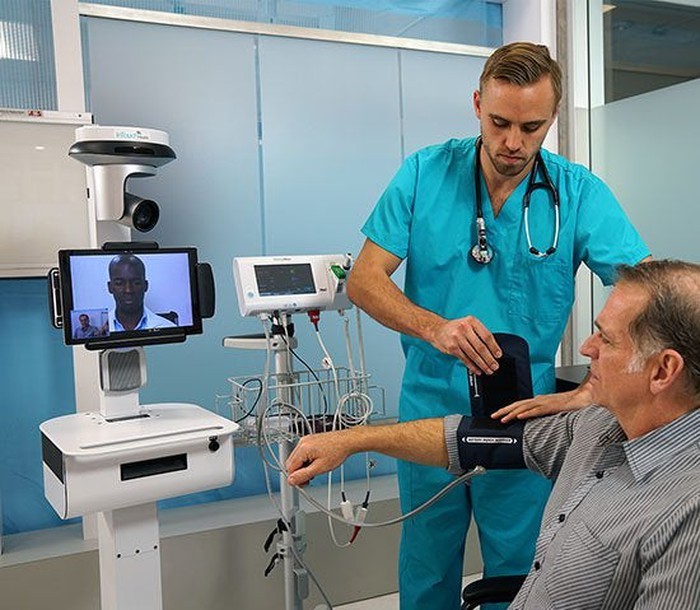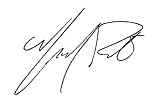https://ift.tt/30QCGd8
Story Highlights:
- The next generation of telehealth is here, remaking U.S. health care with a new “virtual” spin.
- Two opportunities to tap the telemedicine market before it soars to $130 billion by 2025.
- What happens when our mega trends — AI and precision medicine — merge.
Take a look at your smartphone. Go ahead, I’ll wait.
Chances are that it has a telehealth app that works with your health insurer to let you chat with your doctor via video.
If you haven’t used it yet … trust me: You will.
Telehealth is giving the old-fashioned doctor’s house call a new, high-tech twist.
More than half of all U.S. physicians are already using the technology, and 69% expect to within a year, according to surveys by PricewaterhouseCoopers and American Well.
And a new report by Global Market Insights projects telemedicine will be a $130 billion industry by 2025, up from $38.3 billion in 2018.
All of my research tells me this market is really heating up. And with Paul Mampilly’s America 2.0 taking shape, now is the time to jump in.
AI Gives Precision Medicine a Massive Boost
The latest uses of telehealth go beyond simply chatting with your doctor via video.
The next generation of tools is already here, featuring artificial intelligence (AI), better remote sensors and new diagnostic techniques that key into a patient’s unique symptoms and genetics.
For instance:
- Chatbots such as Wysa, an online AI-robotic “therapist,” help people who can’t, or won’t, see a therapist. One study found people who chatted with Wysa had a 45% reduction in depression and were 10 times more likely to take their medications.
- New sensor and analytics tech built into consumer electronics can alert doctors to a patient’s medical needs. The Apple Watch can detect heart problems that prompt a telehealth doc to reach out to a patient by phone within minutes.
- Genetic testing, offered by the likes of 23andMe and Ancestry.com, is driving new AI-telehealth platforms that allow patients to consult with specialists thousands of miles away for more personalized care, based on their DNA.
Advances like these were unthinkable just a few years ago. But today, they are creating a new era in precision medicine that is more precise and affordable than the nation’s existing “one size fits all” health care system.
Consolidation in the industry also tells me this is a mega trend that is heating up.
This month, Teladoc Health Inc.moved to acquire privately held InTouch Health for $600 million — adding 14,500 doctors at 450 hospitals and health systems that InTouch works with.

(Source: InTouch Health)
2 Ways to Turn Telehealth Into Massive Wealth
All of this is great news for patients and doctors alike. But the telehealth-precision medicine mega trend is also a terrific opportunity for savvy investors who put their money where their health care is headed.
In this case, AI is teaming up with precision medicine to create this tech-based, new-world era.
This is exactly what Paul calls America 2.0 — the Fourth Industrial Revolution. Our Bold Profits mega trends are merging to recreate our economy as we know it.
So, as more patients and health care providers adopt telehealth, investors have a number of ways to capitalize on this double-duty mega trend:
- In this new interview, Paul reveals how you can position yourself at the forefront of this. The data he’s watching are flashing “buy” with both hands, and certain stocks could potentially surge more than 1,000%. Watch this tell-all interview here.
- Another way: Invest in an exchange-traded fund (ETF). The iShares U.S. Health Care Providers ETF (NYSE: IHF) is a great way to do just that. The fund holds a portfolio of 47 health care companies, many of which are already using telemedicine.
To your health and wealth,

Nick Tate
Senior Editorial Manager, Banyan Hill Publishing
Комментариев нет:
Отправить комментарий